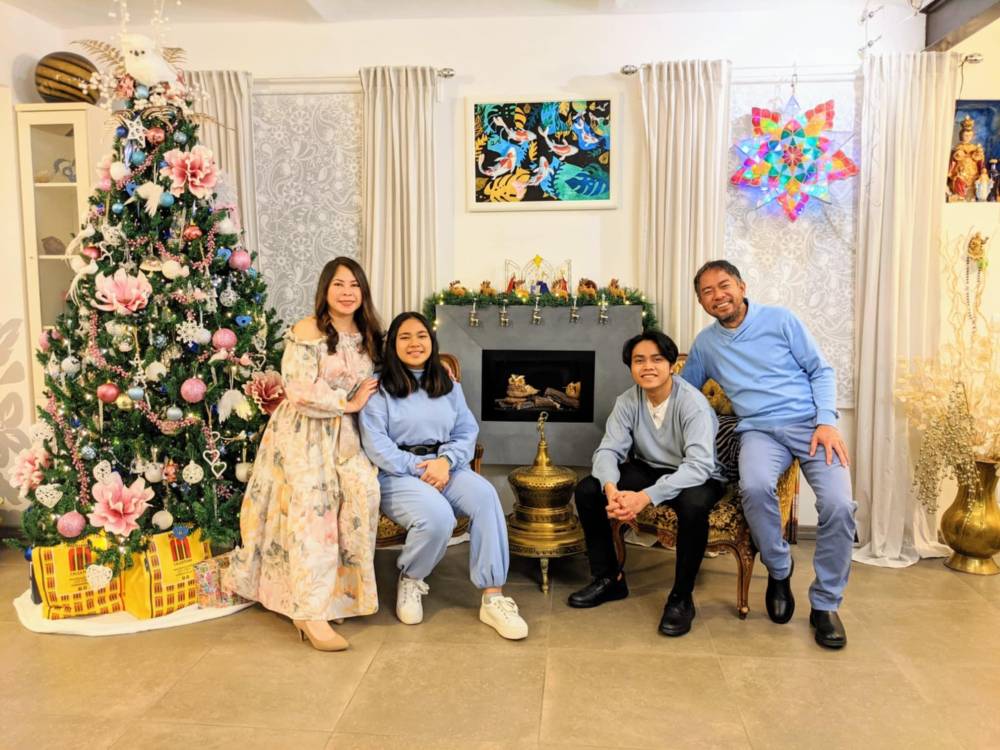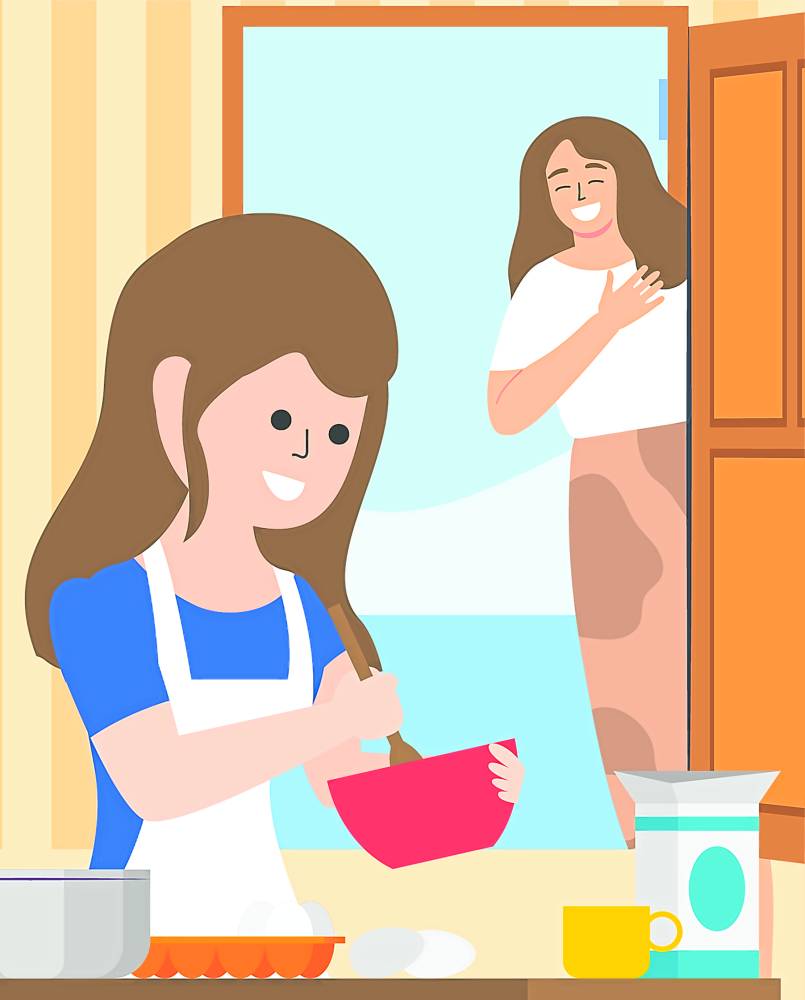Breast cancer. Just the mere mention of it makes me squirm.
The fact is, our country is the capital of breast cancer in Southeast Asia. We also rank ninth in the world when it comes to breast cancer incidence. This means we risk losing more mothers, daughters, grandmothers, sisters and loved ones.
While a doctor’s confirmation of breast cancer is probably among the most dreaded statements anyone can hear, if detected early, it is not the end. Early detection enables women to survive and live a long and happy life. Science has come a long way in finding ways to treat and monitor it.
What is important to remember is that the key to early detection lies within every woman. The importance of a monthly breast self-exam cannot be stressed enough.
According to the I Can Serve Foundation, an organization dedicated to “providing hope and help to women with breast cancer by promoting early breast cancer detection through high-impact information campaigns and community based screening programs,” there are three early breast cancer detection guidelines to remember.
By age 20, begin conducting a monthly breast self-exam (BSE).
By age 30, continue with the monthly breast self-exam and add an annual clinical breast exam by your doctor.
By age 40, you must add an annual mammography to your clinical breast exam but continue the monthly breast self-exam.
Women who have first degree relatives (mother, daughter or sister) who have developed pre-menopausal breast cancer are advised to get screened every two years, beginning 10 years before the age her relative developed breast cancer.
For example, if a woman’s mother develops breast cancer at age 40, her daughter should begin getting screened at age 30.
Regular basis
A breast self-exam is the easiest way to detect breast cancer, but needs to be done on a regular basis to be effective. This is because it relies on how well a woman knows her breasts.
According to the demonstration video on the www.icanservefoundation.org, conduct your BSE a week after the first day of our period, every month. If you are no longer menstruating, simply remember to do it at the same time of the month on a regular basis.
Do not be alarmed if your breasts feel “lumpy,” or if one is larger than the other. What you must look for is a lump or growth that was not there before.
You can go online and watch the BSE demonstration video or follow the steps listed here, which I have taken from the same video on the website.
The first step is to check the appearance of your breasts. Face a mirror and place your hands on your hips. Bend your body slightly forward and pull your shoulders and elbows forward until you feel your chest muscles tighten. Observe the appearance and shape of your breasts as well as the position or inversion of nipples. Gently squeeze your nipples. Check for any discharge.
The next step is to clasp your hands behind your head and press forward. Be on the lookout for the same signs, as well as any changes in size and shape, dimpling and swelling, rashes and discoloration, itchy scaly sores or a rash in the nipple.
After observing your breasts, lay down flat on your back and position your left hand over your head. Place a pillow or a folded tower under your left shoulder. Hold out your right hand’s three middle fingers over your left breast and keep them straight. Using the pads, not the tips, begin at the armpit and move your fingers in “small overlapping circular motions, going up and down in vertical strips all the way across the breast bone.”
While doing this, use three different levels of pressure in order to accurately cover all of the breast. First, press lightly to feel the tissue closest to your skin. After, use medium pressure in order to feel the deeper tissues. End each area with firm pressure in order to “feel the tissue closest to chest and ribs.”
Remember to use all three pressure levels on each area before moving on to the next, and not to lift your fingers from your skin in order to avoid missing anything. Do not forget to feel under the nipple, as well.
Armpits
It is also important to examine your armpit or underarms for anything unusual. Do not keep your arm straight up, as this will make it difficult to examine. Instead, keep your arm lowered and relaxed as you put pressure and feel for any irregularities. Speaking of underarms, deodorants have not been scientifically proven to cause cancer.
While lying down, you may also opt to conduct your examination by feeling your breast in a “circular pattern, starting from just below your outer collarbone area, going all the way down and around your breast toward your nipple.”
There is also the “wedge pattern,” where “starting from the outer edge of your breast, move your fingers toward your nipple and back to the edge, one wedge section at a time.”
Some women prefer to conduct their BSE while standing in the shower with one arm up and positioned behind the head. This is easier because the soap allows your fingers to glide smoothly over the breasts. However, women who have full breasts are advised to conduct their BSE lying on their backs because they are able to feel more deeply into the tissue.
As soon as you feel something unusual, visit your doctor for a second opinion and further tests.
In many cases, a lump may turn out to be benign. In case tests detect a malignant lump (a lump which has cancer cells), do not be scared. Remember that breast cancer can be cured if detected and treated early.
While we are on the subject, I am happy to tell you about the latest project of I Can Serve. This year, I Can Serve Foundation will celebrate breast cancer survivors and the joy of living with a fashion show featuring some of the country’s notable designers.
The event “Fashion Can Serve” is one of the foundation’s roster of fundraising activities that aim to provide assistance and support to its flagship program “Ating Dibdibin” (Take Your Breast Care to Heart).
“Ating Dibdibin” is a community-based breast cancer screening program—the first of its kind in the country. It is a partnership with local government that provides access to affordable diagnostics and timely cancer treatments.
I Can Serve Foundation asks its partnering localities to make the program permanent via the enactment of a city ordinance, and asks that a permanent annual fund be set aside to sustain the program and subsidize would-be patients. The foundation aims to save lives and keep families whole, and supports its advocacy through fundraising activities such as Fashion Can Serve.
Six fashion designers—Eric de los Santos, Kristel Yulo, Lulu Tan-Gan, Maureen Disini, Rajo Laurel and Rhett Eala—will each showcase their creativity in a holiday collection for ladies wear. Some of the foundation’s muses and/or ambassadors will close each segment wearing creations designed especially for I Can Serve.
Fashion Can Serve will be held at Raffles Makati on Oct. 6. In anticipation of this milestone event, I Can Serve hopes to raise more support. (Call Charette at 0977-1863463; e-mail info @icanservefoundation.org; visit www. icanservefoundation.org.)
The fight is on. Join, support and serve the Filipino woman. Together, we can defeat breast cancer.
Fashion Can Serve is created by I Can Serve Foundation in partnership with Marie France, and presented by SM Woman and Sabina in cooperation with Security Bank, Del Monte, Globe Platinum and Rado. Special thanks to SSI Group, Ortigas & Co., Wilcon Depot, Mercedes-Benz, Aveda and Make Up For Ever. With exclusive TV partner, 2nd Avenue; print media partner, Summit Media, Philippine Daily Inquirer, The Philippine STAR; and Golden Touch. Fashion Can Serve is hosted by Raffles Makati.
Follow Fashion Can Serve on Facebook, @fashioncanserve on Instagram and through the hashtags #FashionCanServe and #MarieFranceXICanServe.











































